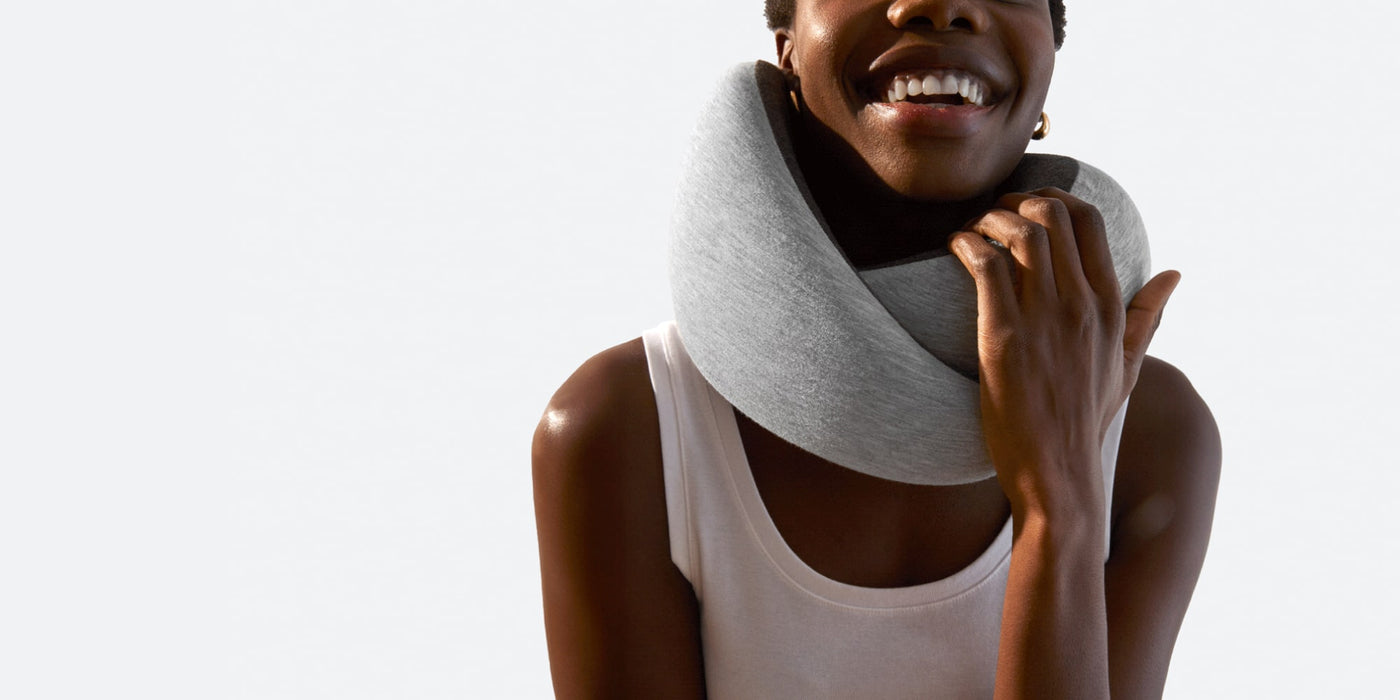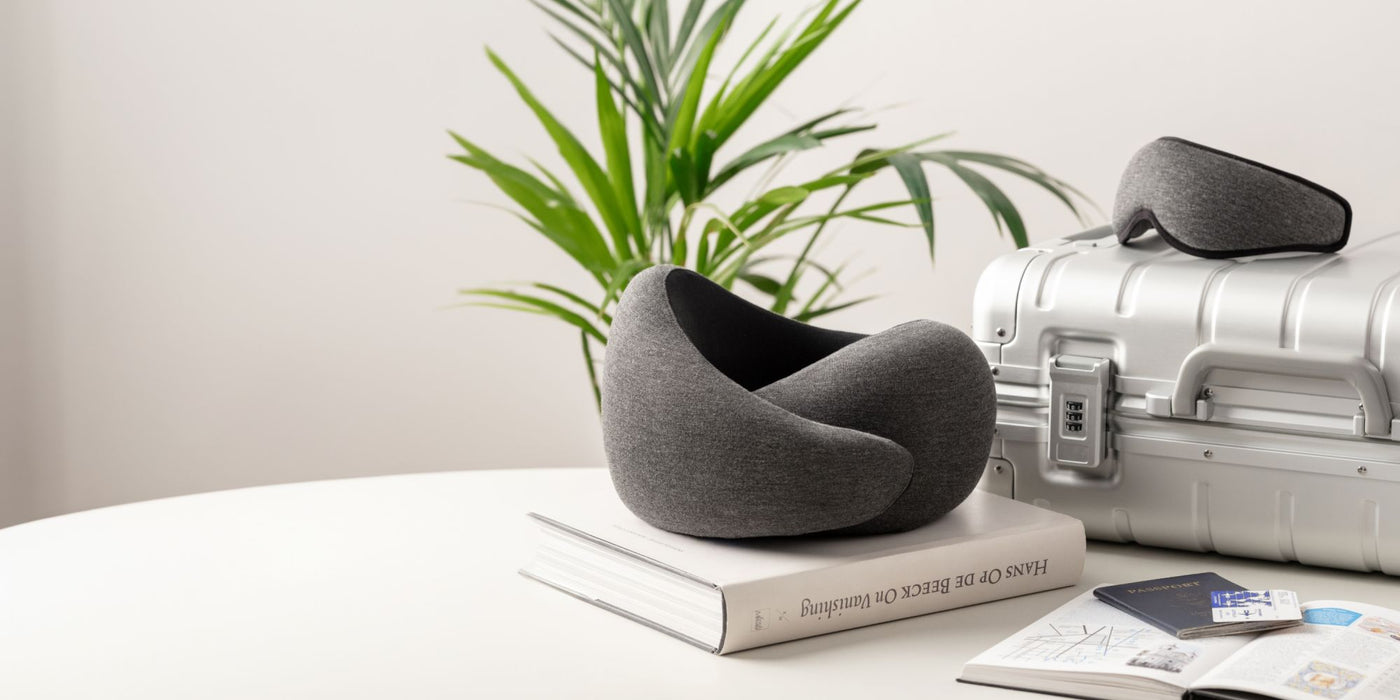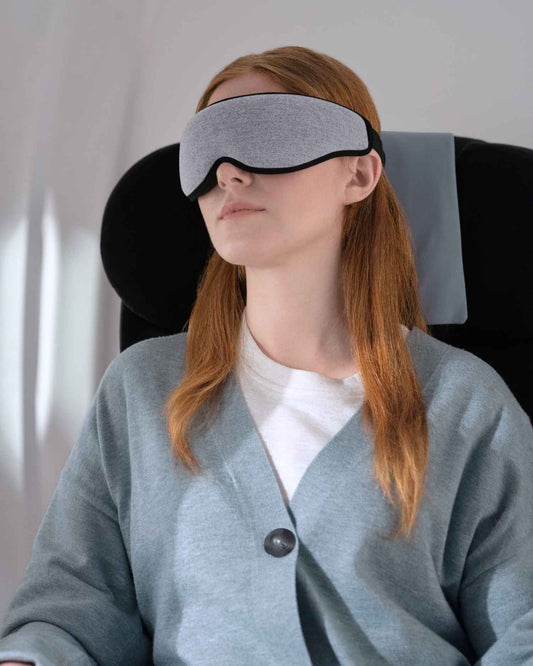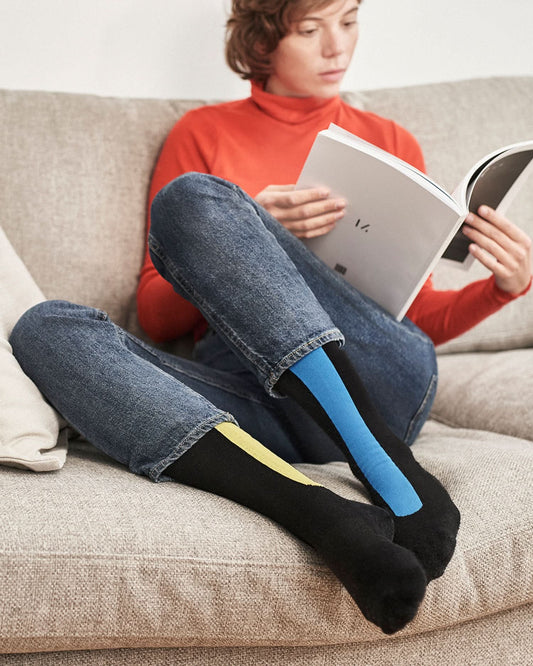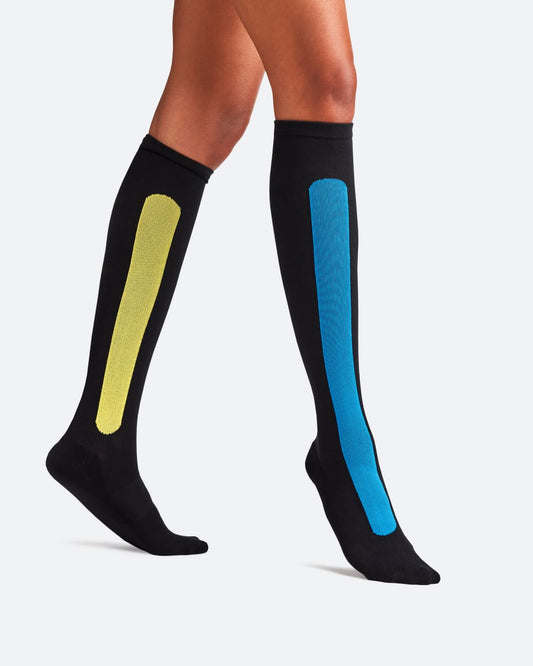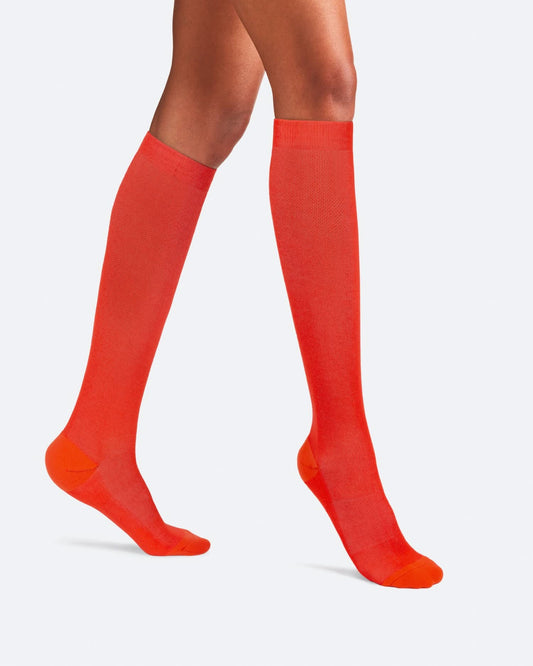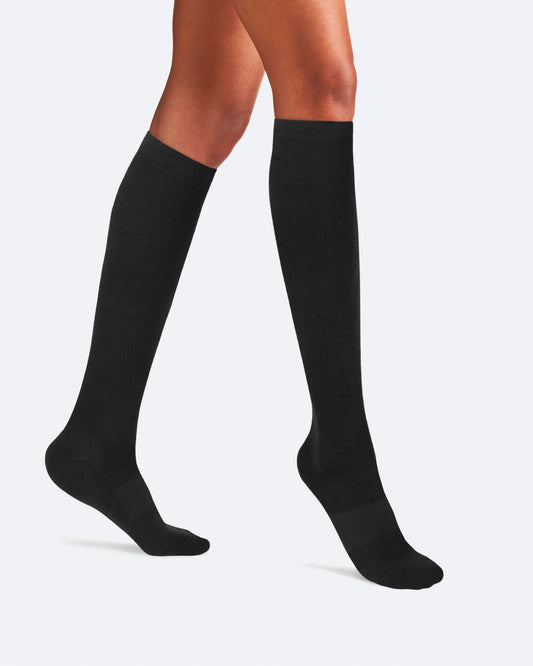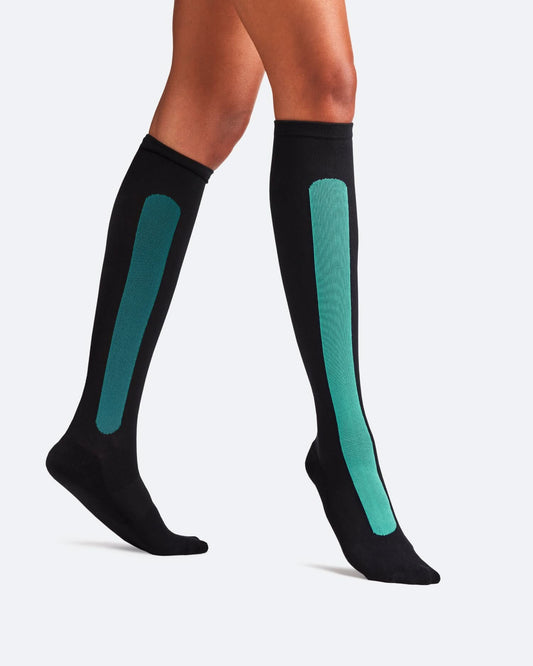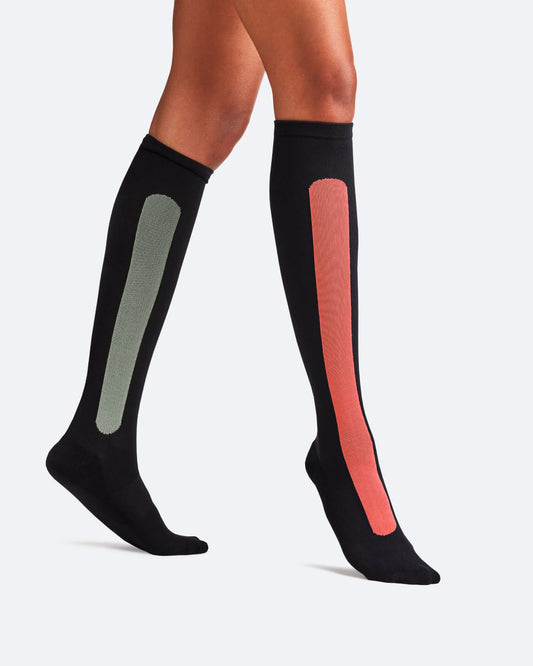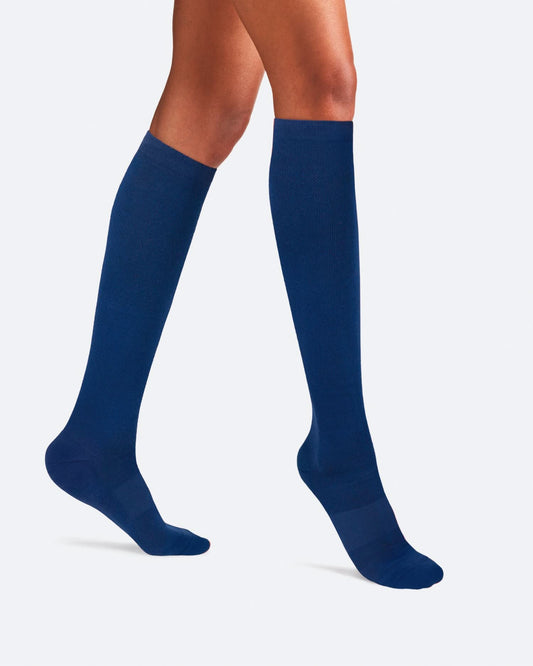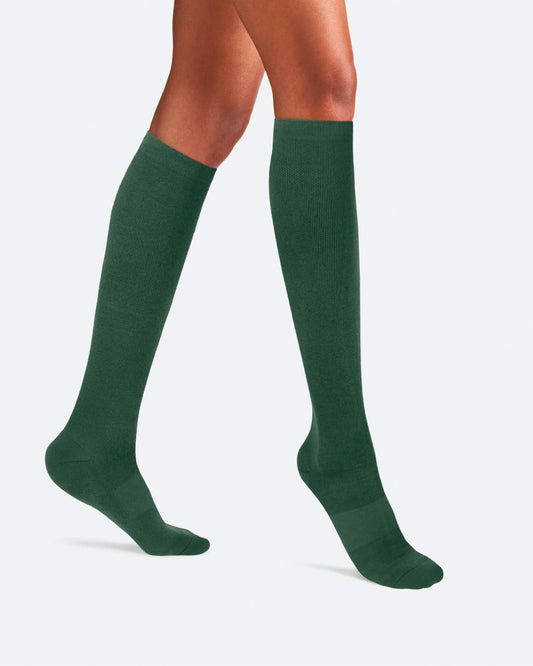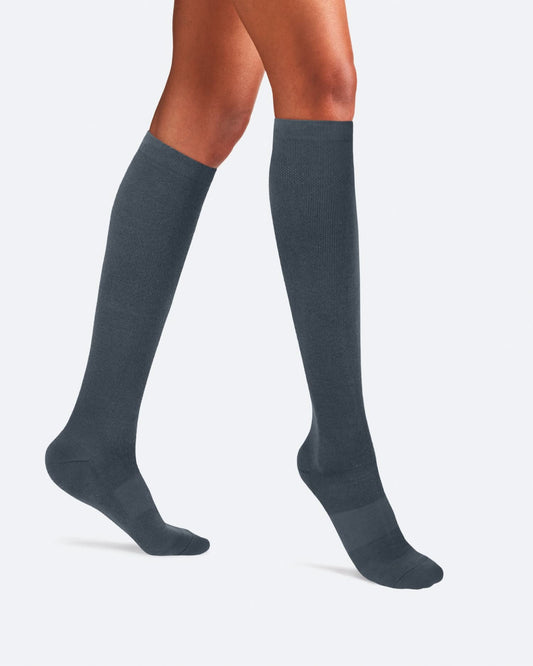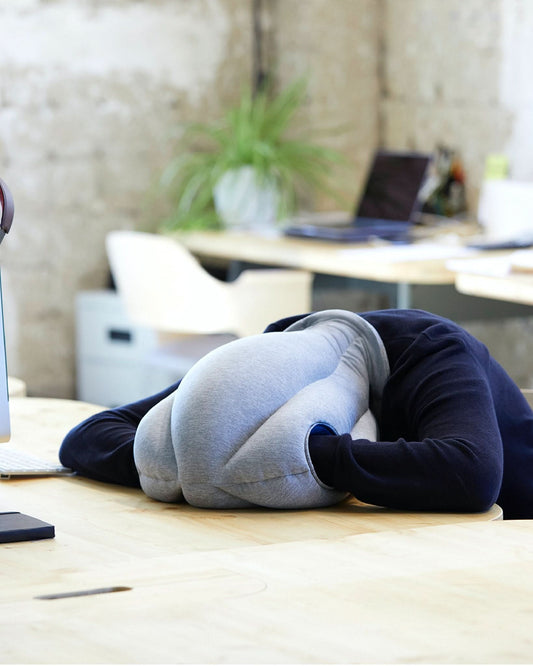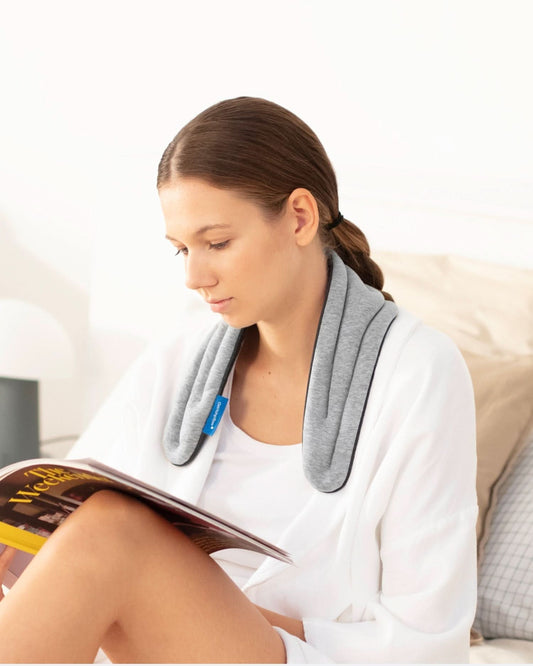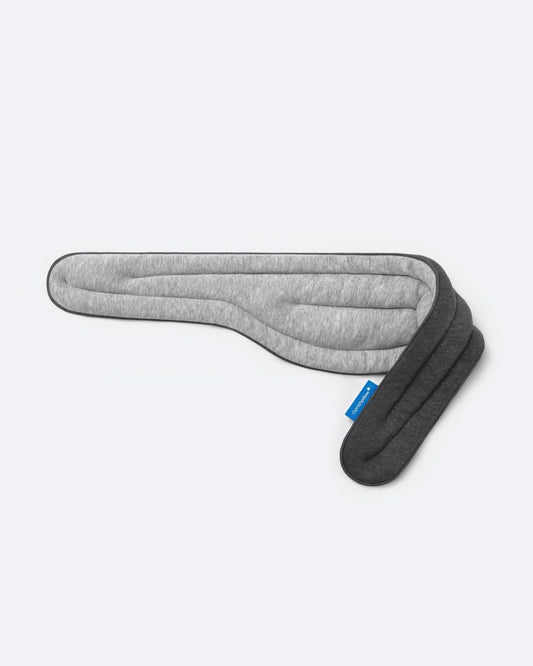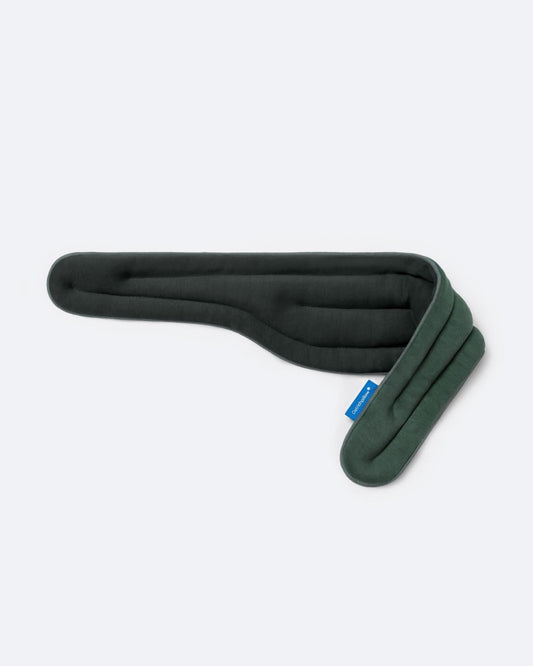
Traditional wisdom has told us that working out too close to bedtime can have a negative effect on our sleep – but is that truly the case?
A common concern people have when just starting out with an exercise routine or when getting back into working out after a break is whether they'll be able to sleep after a workout. Common sense dictates that doing something as vigorous as exercise will wake up the body and make it more difficult to fall asleep, especially if they workout late in the afternoon or close to bedtime. But is that truly the case? In this article, we’ll see what the research has to say when it comes to working out before bedtime and how engaging in physical activity late in the day can affect your sleep. Quick tips for no-timers: no cardio workouts, take a cold shower, and use our Heated Neck Wrap.
Working out before sleep
Exercise raises your core body temperature, stimulates the body to release adrenaline, and increases your overall heart rate – all very beneficial aspects of physical activity, and among those most commonly touted when looking into reasons one should begin an exercise regimen. When it comes to things you’d like your body to be doing before sleep, however, those traits seem to fly in the face of sound judgment.
Here’s what the evidence says: on the whole, working out at any time of the day will, in fact, help you sleep. Exercise has been proven to improve not only sleep quality but also sleep duration. This means that fitting in your workout, even in the late afternoon, can help you fall asleep, stay asleep, and sleep better overall than if you did not engage in any physical activity during the day. This, coupled with the fact that those who exercise daily may reduce their symptoms of restless leg syndrome (RLS) and even sleep apnea.
The National Sleep Foundation's 2013 "Sleep in America" poll, which focused on exercise and sleep, found that 83% of participants who engaged in physical activity during the day (at any time during the day) reported better sleep than those who did not exercise at all. It also found that more than 50% of those who worked out “moderately to vigorously” slept better on days when they performed their workouts than on off days or days they skipped their workouts. And finally, that only 3% of those who got their workouts done late in the day reported sleeping worse on days that they exercised compared to days they didn't.
So, while it used to be thought that exercising in the late afternoon or close to bedtime was something to be avoided because of its potential to overstimulate the body and make it hard to fall asleep, it turns out that isn’t exactly the case. However…

What if I do feel like late-afternoon exercise is affecting my sleep?
All the evidence in the world to the contrary doesn’t matter if you still feel like late-night or late-afternoon exercising is affecting your ability to fall asleep. Many people feel that the adrenaline released during intense physical activity turns their brain on overdrive, making it difficult to fall asleep after their workout. And indeed, if that is you, by all means keep doing your workouts in the morning or early afternoon hours. Morning or early afternoon exercise can even help you better link your sleep-wake cycles, and as a bonus, if you exercise outside, you can reap the benefits of using sunlight to also assist in regulating your sleeping patterns.
If you are one of the people who experience issues with falling asleep or staying asleep after workout out here are a few suggestions:
- Give yourself at least 2-3 hours before bedtime: If you know that working out later in the day affects your ability to fall asleep, make sure you’ve scheduled your workouts so that you’ve got at least 2-3 hours to “cool down” before bed. This will give your body the time it needs for your heartbeat to return to its normal resting rate, for your body to lower back to its normal temperature, and for your adrenaline levels to balance out, so you can get to sleep.
- Don’t schedule vigorous cardio workouts before bed: If the only time you can get in your workout is in the late afternoon and you’re worried about it affecting your sleep, try a less vigorous workout. Skip the high-intensity cardio exercise and complete strength or weight training routine, yoga, go for a light jog or even some simple stretching. The idea is to choose an activity that doesn’t have quite the intense effect on your adrenaline levels.

Conversely, if you have no choice but to work out later in the day because of work, kid’s schedules, etc, here are some tips to help your body cool down more effectively:
- Take a cold shower: A quick hop in and out of a cold shower can assist in lowering your body temperature back to normal.
- Incorporate deep breathing exercises: Breathing or meditation are great body relaxers and can help lower your adrenaline levels.
- Supplement your cool-down techniques: With aromatherapy (lavender and chamomile are both soothing and calming) or with a magnesium balm to relax your muscles.
- Try our Heated Neck Wrap: The gentle pressure and cozy warmth of this neck wrap eases muscle tension and stimulates the calming functions of your nervous system to help you relax.
The bottom line is this: when it comes to working out and sleep, everyone is different. The research shows that for the overwhelming majority, working out later in the day does not affect one’s ability to fall asleep or their sleep quality. So if right before bed is the only time you can find to squeeze in a workout, do it! Incorporating physical activity in your daily life is always better than not doing it at all, and you will sleep after a workout just fine.
Ostrichpillow.
Self-Care Matters.
Want to feel good?
At Ostrichpillow we're all about Self-Care and wellbeing. Join our community and you'll receive special offers and inspiration fresh to your inbox.
Photo by Anastasia Shuraeva on Unsplash
Photo by Content Pixie on Unsplash















